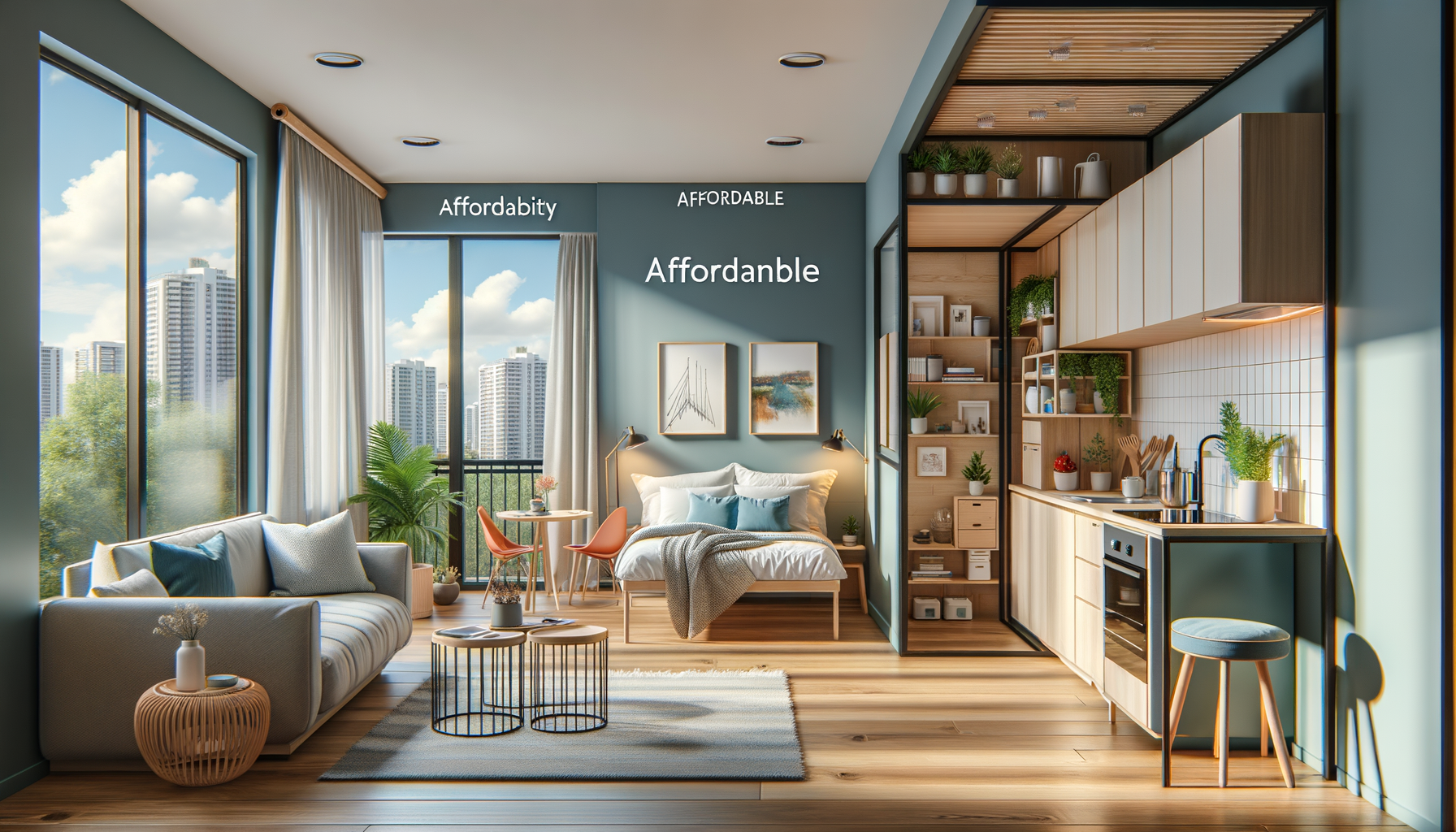Understanding Your Budgetary Constraints
Before embarking on the search for a new apartment, it’s essential to have a clear understanding of your budget. This means not only knowing how much you can afford to pay in rent each month but also considering other associated costs such as utilities, internet, and any potential maintenance fees. A general rule of thumb is to allocate no more than 30% of your monthly income toward housing expenses. This percentage helps ensure that you have enough remaining income to cover other necessities and savings.
To effectively manage your budget, start by listing all your monthly income sources and fixed expenses. This list might include income from a job, freelance work, or any other regular sources, and fixed expenses like student loans, insurance, and groceries. Subtract your expenses from your income to determine what you can realistically allocate to rent. Remember to account for unexpected expenses that may arise, such as car repairs or medical bills.
Once you have a clear picture of your budget, consider the amenities and features you prioritize in an apartment. This could include proximity to work, access to public transportation, or specific amenities like a gym or pool. By understanding your financial limits and housing priorities, you can focus your search on apartments that meet your needs without overextending your budget.
Exploring Different Rental Markets
The rental market varies significantly depending on location, and understanding these differences can help you find an apartment that fits your budget. Urban areas typically offer a wide range of rental options, from high-rise apartments to shared housing, but they also tend to have higher rental prices. In contrast, suburban or rural areas might offer more affordable housing options, albeit with fewer amenities and longer commutes.
Researching different neighborhoods within your desired city or town can reveal hidden gems that offer the perfect balance of affordability and convenience. Online rental platforms and local real estate websites are excellent resources for exploring current listings and comparing prices in various areas. Additionally, reaching out to local real estate agents can provide insights into up-and-coming neighborhoods where rental prices may be more competitive.
Consider the trade-offs between location and cost. For instance, living farther from the city center might mean lower rent but higher transportation costs. Conversely, a more expensive apartment in a central location could save money and time on commuting. By weighing these factors, you can make an informed decision that aligns with both your budget and lifestyle preferences.
Negotiating Rent and Finding Deals
Once you’ve identified potential apartments that fit your budget, it’s time to explore opportunities for negotiation and finding deals. Rent negotiation might seem daunting, but landlords are often open to discussions, especially if the apartment has been vacant for some time or if you’re willing to sign a longer lease.
Start by researching the average rental prices in the area for similar apartments. This information can provide leverage when negotiating with landlords. If you notice that the asking rent is above the average, you can present this data to support your request for a lower rate. Additionally, highlighting your strengths as a tenant, such as a stable income and good credit history, can make you a more attractive candidate.
Besides negotiating rent, be on the lookout for special deals or promotions. Some landlords offer discounts for signing a lease during off-peak seasons or for referring other tenants. Others might include utilities or amenities in the rent, providing added value. By staying informed and proactive, you can secure an apartment that meets your needs and fits your budget comfortably.




Leave a Reply